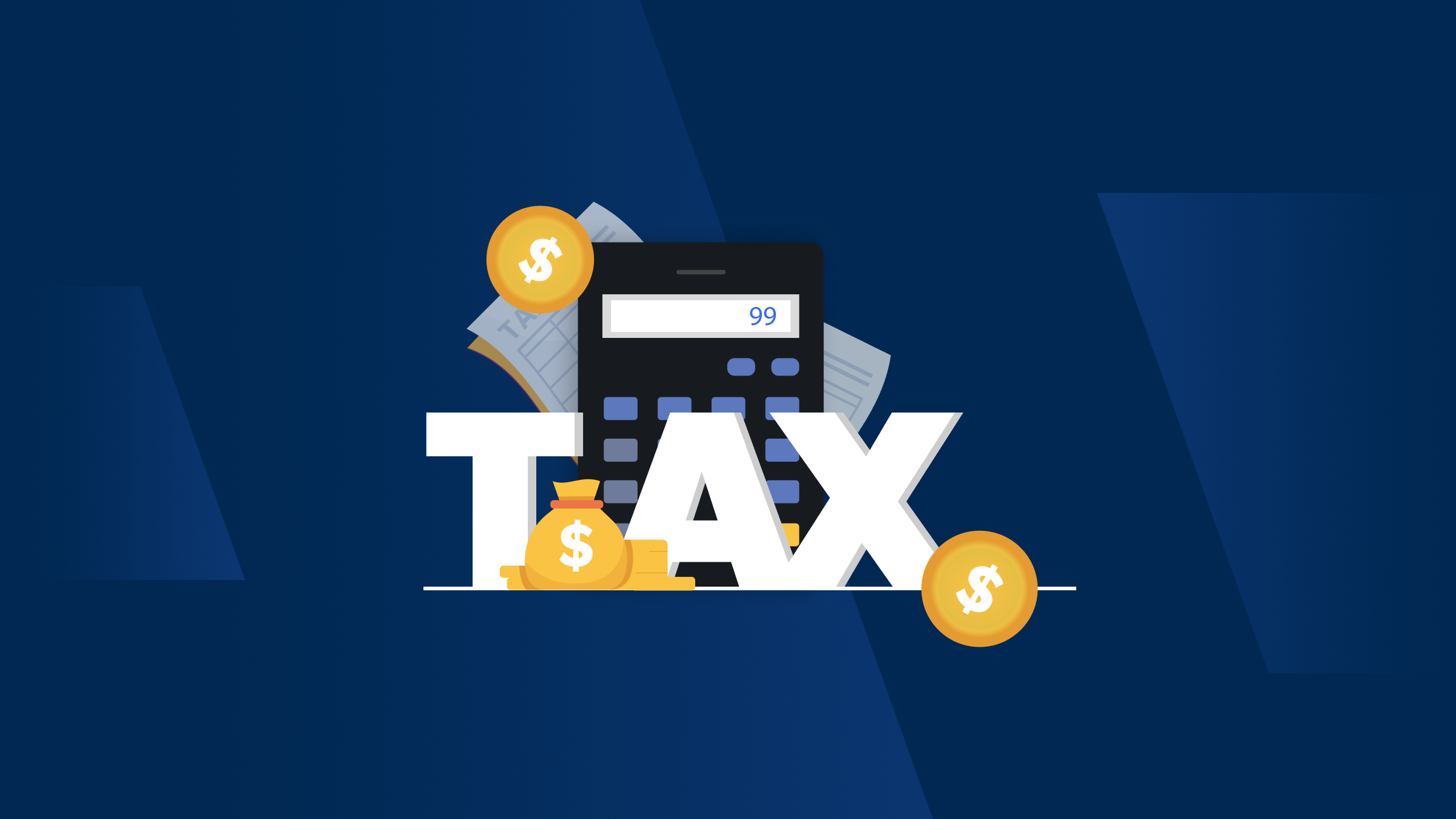TLH is one of those concepts that appear complicated but can be beneficial if executed correctly. It’s a tool that’s traditionally been provided by your robo advisers – until now.
Let’s start with the basics.
Tax loss Harvesting – What is Tax Loss Harvesting and How it works?
Tax loss harvesting is a novel way to save money on taxes. You can reduce the amount of long-term capital gains tax by using simple selling techniques. It is a strategy investors use to minimize their tax liability by selling investments that have lost value and realizing a loss. This loss can offset capital gains or taxable income, reducing taxes owed.

Here’s an example of how it works:
- Let’s say you bought ten shares of stock A at $10 per share, for a total cost of $100
- Over time, the value of the stock drops to $8 per share, so the total value of your investment becomes $80
- At this point, you could sell the shares and realize a loss of $20 ($100 – $80)
However, in the same fiscal year, you have other investments.
- For example, you bought ten shares of stock B at $10 per share (your cost is $100)
- At the end of the fiscal year, stock B is $20 per share
- When you decide to sell stock B, you generate proceeds of $200 (10 shares * $20 per share)
- This means you realize a short-term capital gain of $100 ($200 – $100)
If you use tax loss harvesting, you can offset your taxable gain with your losses. At the end of the fiscal year, you can report a taxable gain of $80 ($100 of your short-term capital gain minus $20 of your short-term loss) rather than $100, reducing your taxable gain.
That’s the basis of tax loss harvesting. As the number of positions you own increases, there are more considerations to be made.
How does Tax Loss Harvesting work for short-term and long-term capital gains?
When investing in US stocks, you may have different losses and gains (either short-term or long-term). These different types of losses can be used to offset gains differently:
- Short-term capital losses is more versatile, as they can be used to offset either long-term or short-term capital gains
- Long-term capital losses can only be used to offset long-term capital gains
For more information on how short-term and long-term capital gains work when investing in the US as an Indian resident, please read this article.
Can you carry forward excess capital losses to future fiscal years?
Yes, you can carry excess losses to subsequent fiscal years:
- If you are a US resident, you can carry forward a maximum of $3,000 in excess losses ($1,500 if married but filing separately). The excess losses can be carried forward to offset taxable income indefinitely
- If you are an Indian resident, there is no maximum amount to carry forward, but you can only carry forward losses for eight fiscal years
What about wash sales rules?
When you are executing a tax loss harvesting strategy, you have to be aware of wash sales rules. Wash sales rules are restrictions on buying back the same or a substantially identical investment over a time period.
If you are a US resident, wash sales rules are effective 30 days after selling. For example, let’s say you sell shares of Microsoft. To realize your losses to offset gains, you cannot repurchase shares of Microsoft within 30 calendar days if you want the offset to be valid.
In India, for the purposes of tax loss harvesting, there are no wash sales rules. If an investor wants to use TLH and maintain their portfolio allocation, they can do so. They can repurchase the investment they sold, lock in the losses for TLH, lock in the lower cost basis, and repurchase the investment immediately.
To summarize, here’s a short FAQ
- Tax loss harvesting can reduce your tax liabilities by selling and locking in losses
- The tax regime of where you reside determines the specific rules around tax loss harvesting. For example:
- In the US, there’s a wash sales rule whereby investors cannot sell and repurchase the same or substantially identical security within 30 calendar days before or after the sale date. In India, there is no wash sales rule
- In the US, the maximum loss you can carry forward (as a credit to reduce future tax liability) is $3000 (read more here), but you can carry forward said losses indefinitely. In India, there’s no maximum amount that can be carried forward, but losses can only be carried forward for eight fiscal years
The Vested tax loss harvesting module helps you do this too if you choose.









